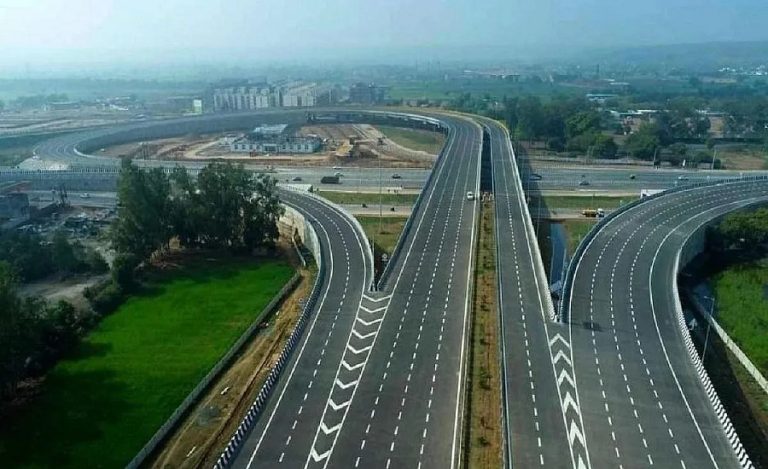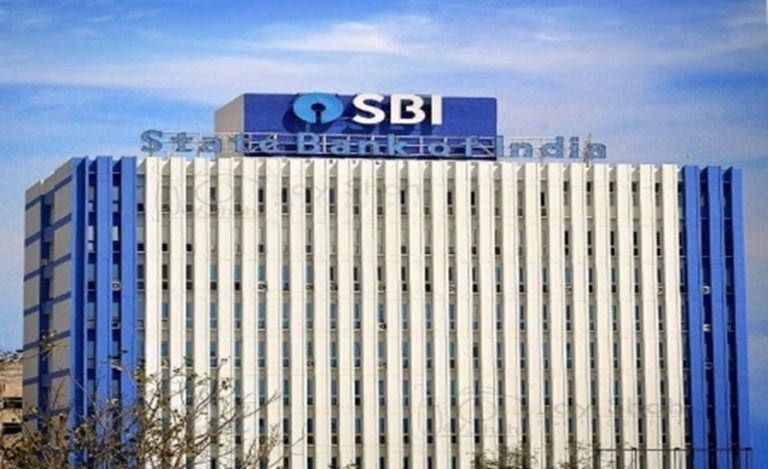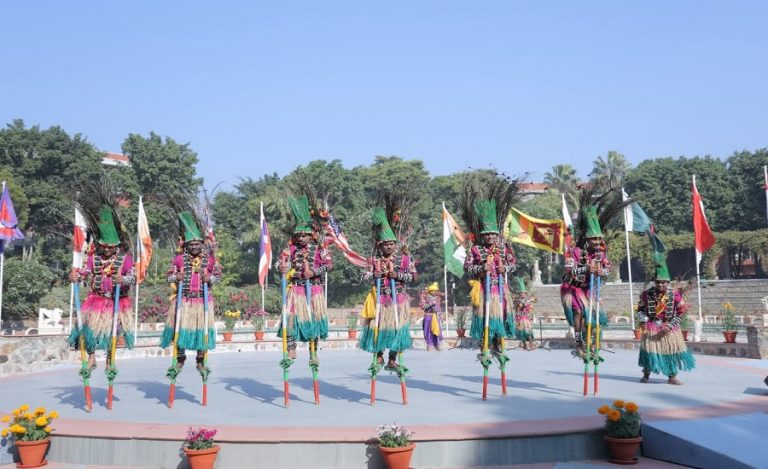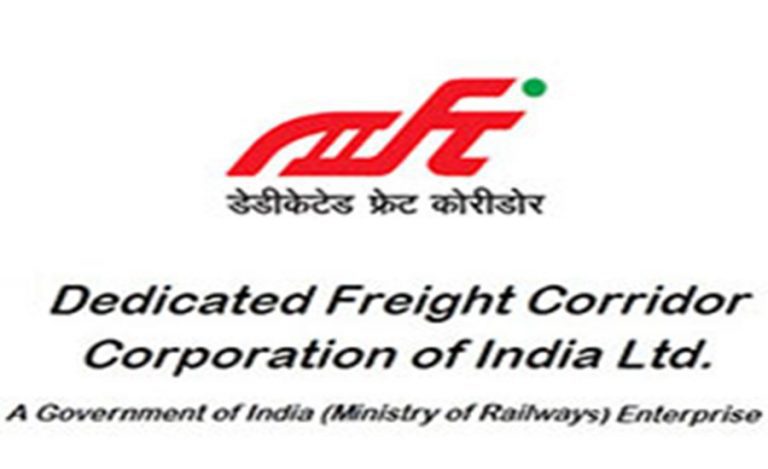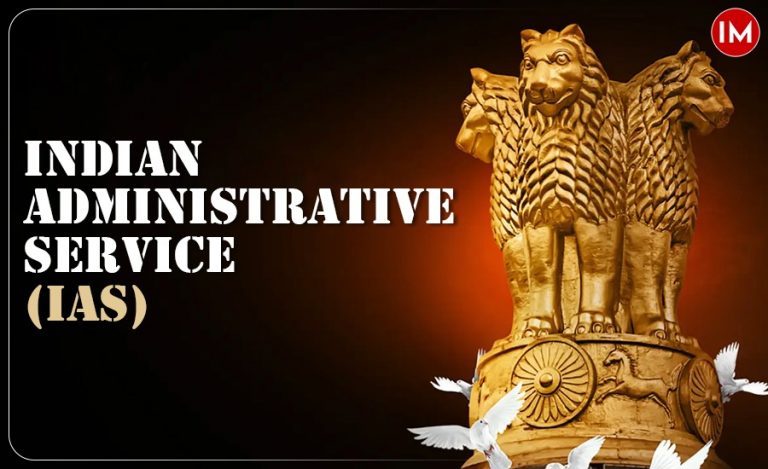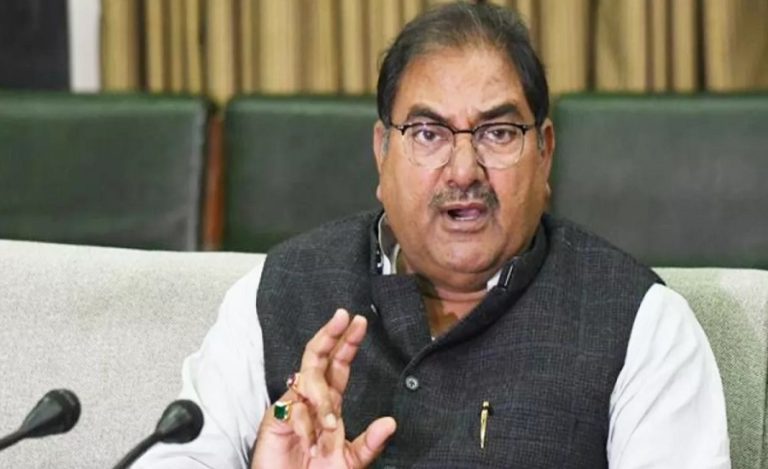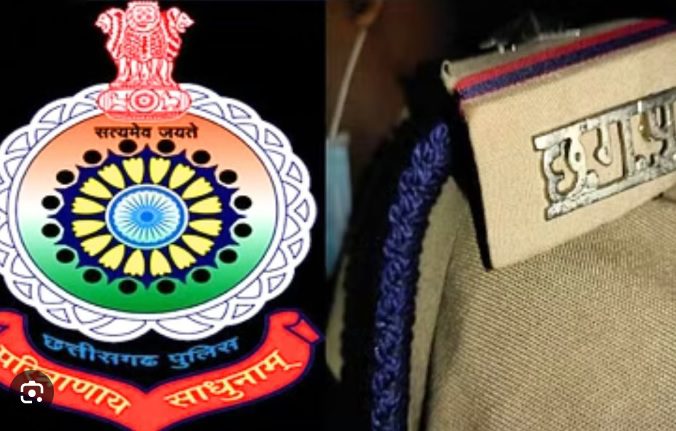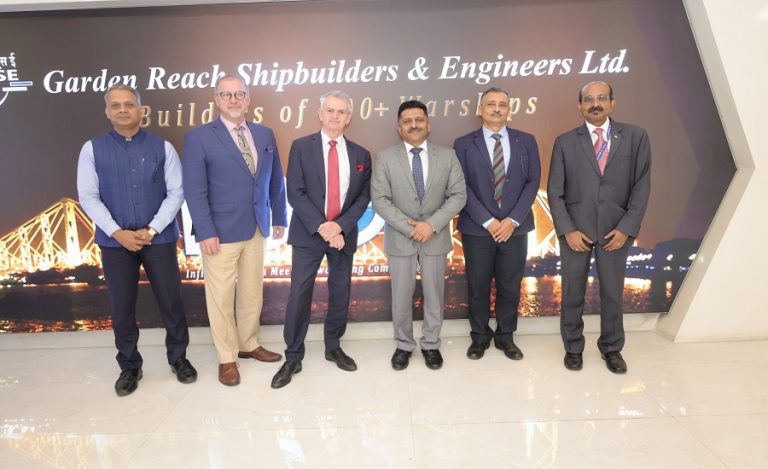New Delhi: In a significant move toward modernising India’s power sector, the Ministry of Power (MoP), Government of India, convened a meeting of the India Energy Stack (IES) Taskforce to review and refine two key foundational documents that will shape the country’s forthcoming Digital Public Infrastructure (DPI) for energy.
IES: India’s Unified Digital Backbone for the Energy Sector
The India Energy Stack (IES) is envisioned as a secure, interoperable, and unified digital backbone designed to streamline the entire energy value chain. With REC Limited serving as the Nodal Agency and FSR Global as the Knowledge Partner, the initiative aims to transform India’s energy systems through common digital standards, open APIs, and federated registries.
The objective is clear: deliver transparent, reliable, inclusive, efficient, and affordable energy access while driving innovation, improving DISCOM operations, enabling greater renewable energy integration, and building consumer-centric power services.
Focus of the Meeting: Strategy & Architecture Documents (v0.1)
The central agenda of the meeting was the strategic review of two core documents –
- IES Strategy Document (version 0.1)
- IES Architecture Document (version 0.1)
These documents lay the groundwork for stakeholder alignment, digital protocols, and the technical framework required to operationalize IES. Taskforce members engaged in a roundtable discussion aimed at capturing high-level strategic guidance to refine the documents and prepare for the pilot phase.
A Transformative Vision Comparable to Aadhaar & UPI
The members highlighted that what Aadhaar accomplished for digital identity and what UPI achieved for digital payments, the India Energy Stack aims to deliver for the power sector. By bridging silos across utilities, regulators, and market players, the IES will enable seamless data exchange and enhance sector-wide efficiency.
Quotes: REC CMD Emphasises Milestone Moment
Mr Jitendra Srivastava, CMD, REC Limited, remarked, “Today’s meeting is a pivotal milestone in our shared national ambition to create a unified, open, and future-ready digital backbone for India’s entire energy sector. The IES Strategy and Architecture documents are vital frameworks that will be enriched by the collective wisdom and guidance of our esteemed Taskforce members. The inputs received will help consolidate the framework and shape the pathway toward refinement and the pilot phase.”
Next Steps: Monthly Reviews & Pilot Phase Preparation
The insights gathered during the meeting will now guide the refinement of the foundational documents, with the Ministry of Power instituting monthly Taskforce meetings to ensure consistent progress and alignment.
The India Energy Stack project is slated for completion by July 2026, marking a transformative leap toward a digitally empowered, efficient, and consumer-driven energy ecosystem.
High-Level Participation from Government, Regulators & Industry
The meeting saw participation from key leaders and experts from across the power and technology ecosystem.
Key Participants Included –
- Dr. Ram Sewak Sharma, Chairman (Former DG, UIDAI; Former CEO, NHA)
- Sh. Pramod Verma, Chief Architect (Co-founder, FIDE; former Chief Architect, Aadhaar)
- Sh. Pradeep Kumar Pujari, Vice Chair (Distinguished Fellow, FSR Global; Former Chairman, CERC; Former Secretary, Power)
- Sh. Ghanshyam Prasad, Chairperson, CEA
- Sh. Alok Kumar, DG, AIDA
- Sh. Jitendra Srivastava, CMD, REC Limited
- Sh. S. K. Soonee, Former CMD, Grid India
- Sh. Vikram Gandotra, President Elect, IEEMA
- Ms. Swetha Ravi Kumar, Executive Director, FSR Global
- Sh. Sujith Nair, CEO, FIDE
- Sh. Prince Dhawan, ED, REC Limited
- Sh. Raveesh Gupta, MD, PVVNL
- Sh. Debjani Ghosh, Distinguished Fellow, NITI Aayog
- Sh. Shashank Mishra, Joint Secretary (Distribution), MoP
Their expertise spanned digital governance, regulatory frameworks, power systems, and advanced technology.


